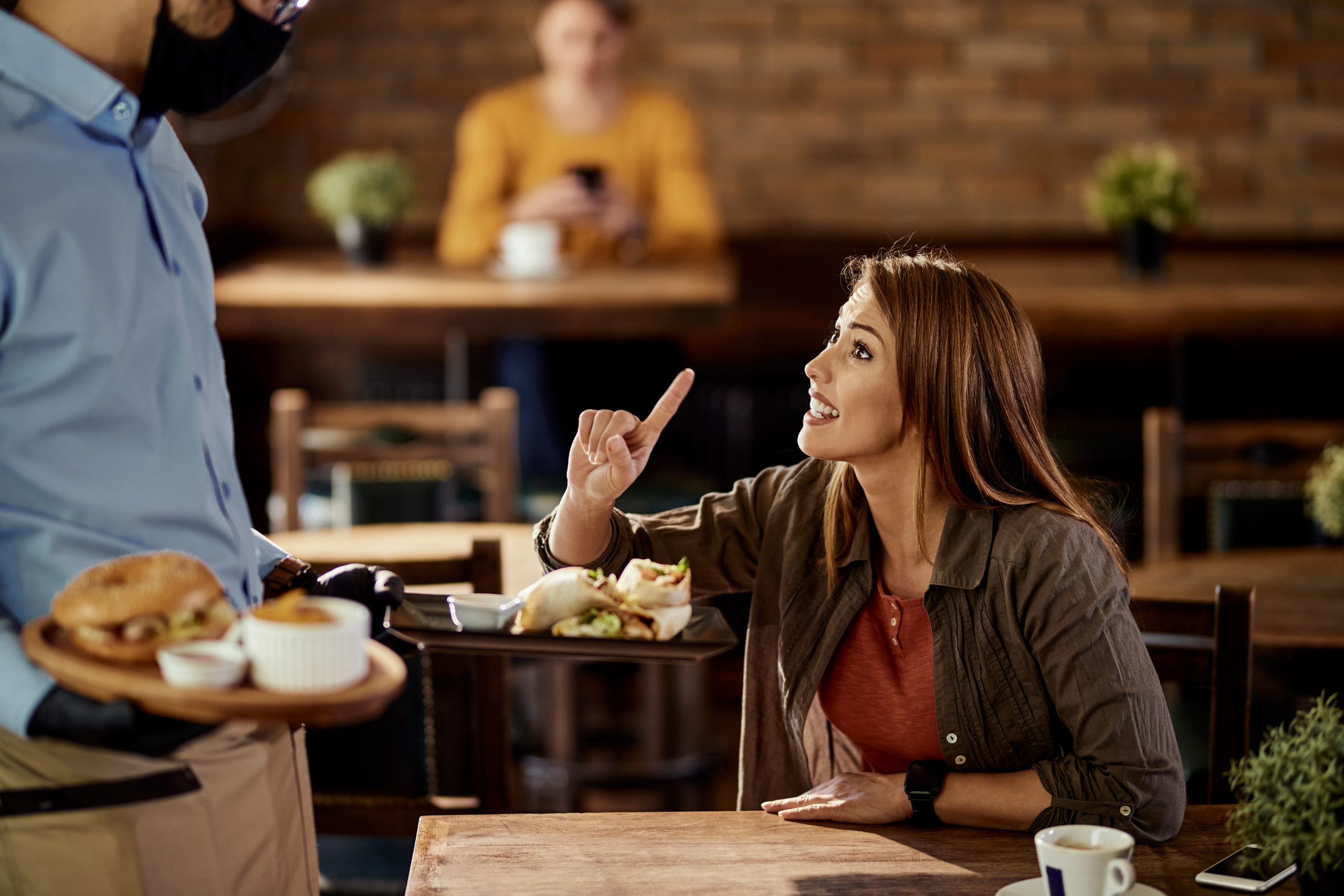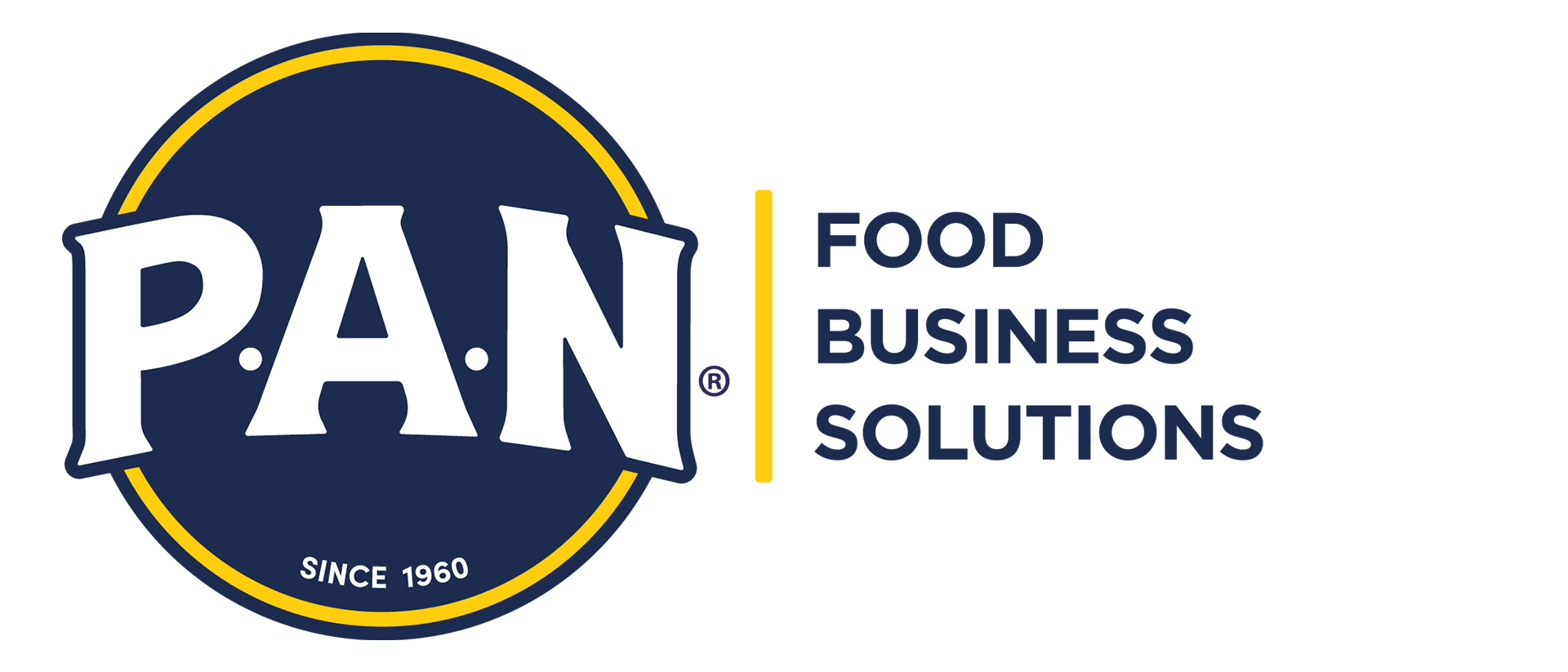In the world of consumer psychology, it is extremely important to know what factors can influence, in one way or another, the decisions our customer makes and the associations they make when storing in their memory an experience associated with a brand. One of the areas receiving the most attention is the one that analyzes how cognitive biases are formed, which we could explain as: an error in judgment that affects our perception, interpretation and memory of the information we receive.
In the context of restaurants and foodservice ventures, cognitive biases can affect customer experience in a number of ways. Here we are going to delve into some of them, in the light of Applied Neurogastronomy.

Confirmation bias: Customers may have preconceptions or expectations about the quality of food, service, and the overall experience at a restaurant. This bias may influence their perception of the experience and their final evaluation. Therefore, restaurants can try to ensure that customers have a consistent and positive experience to confirm their positive expectations.
Recency bias: Customers may more easily remember their most recent restaurant experience, which may influence their overall evaluation. For example, if the dessert was not good, their general memory of the restaurant may be negative, even though they enjoyed the rest of the meal. This is why every detail must be taken into account, as well as guaranteeing an attentive closing of the experience, including the delivery of the check and the farewell.

Availability bias: Diners may place greater importance on the more available information in their mind, which can influence their evaluation of the restaurant. For example, if a customer has a bad experience with the service, they are more likely to rate the restaurant negatively overall, even though the food was excellent.
Anchoring bias: People can be influenced by the first thing they experience, for example, the first dish they ordered, which can affect their evaluation of the other dishes. If the first dish they ordered didn’t meet their expectations, they are more likely to be more critical of the following dishes.
Hindsight bias: Customers may remember their restaurant experience in a way that confirms some pre-existing beliefs or attitudes. If a customer has a negative attitude towards Italian food, they are more likely to remember negative aspects of the Italian restaurant they visited.

Loss aversion bias: People may be more unhappy about losses than equivalent gains. This can manifest itself in situations such as delays in service, errors in the order, problems with the quality of the food, among others. Establishing strategies to minimize these errors and problems is essential, using service recovery techniques to minimize the negative effects that remain associated with our brand.
The mind of each of us seeks to take shortcuts to make the greatest number of decisions possible using the least amount of energy. It is necessary to know how cognitive biases can influence the customer’s experience in a restaurant, by affecting their perception and evaluation of the quality of the food, the service and the atmosphere, and thus establish strategies to minimize this impact, reduce stress and improve customer satisfaction by increasing their desire to return and promote your work.
We co-created this content with @neurogastronomo to help your business grow.
